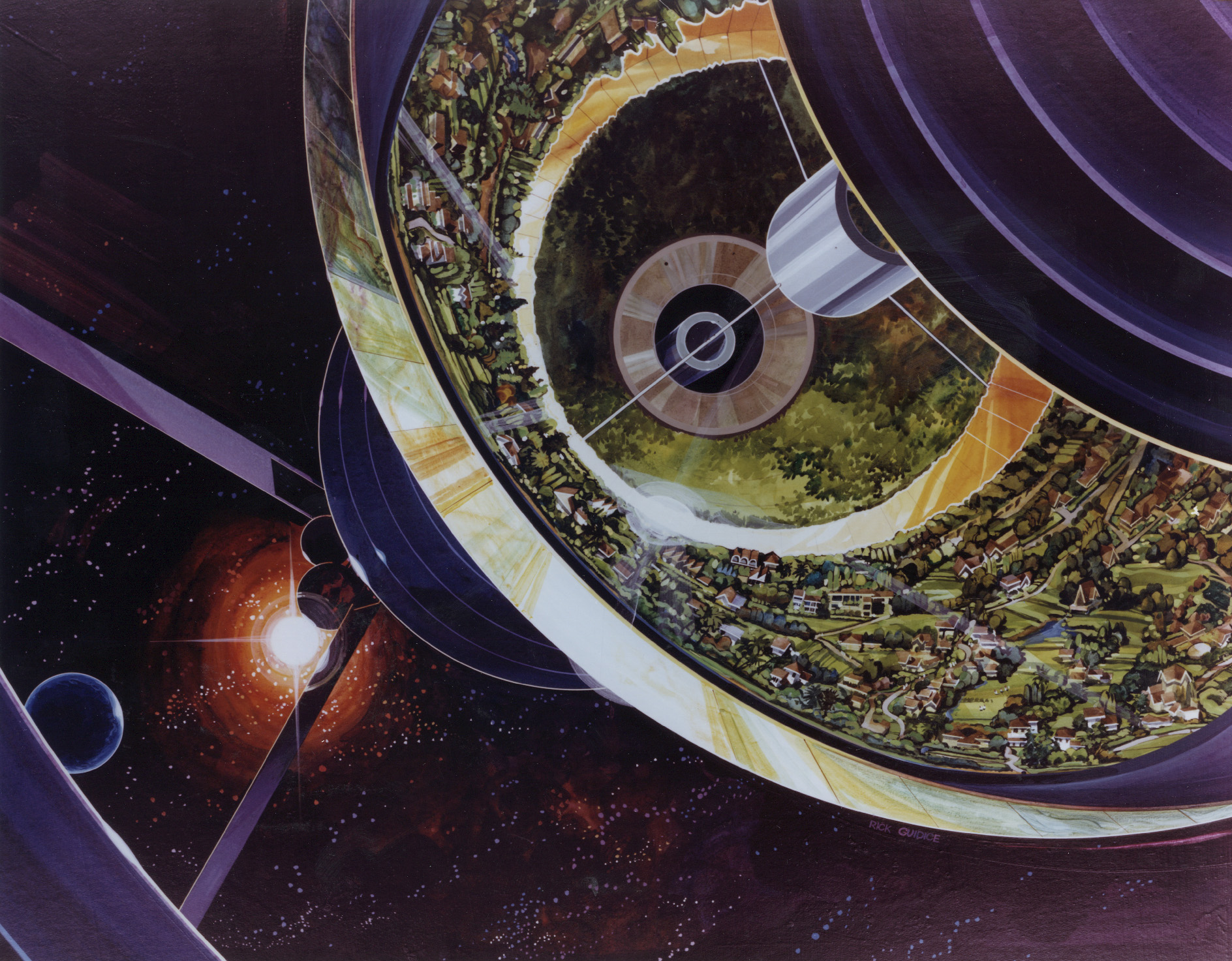SpaceWatch.Global examines arguments in support and against the EO. Christopher Johnson of Secure World Foundation states in the position in favor:
“The US would like to [be] the leading nation in the use of space resources. It’s worth noting that other States are also interested in space resources, such as Luxembourg, and others.”
On the side arguing against the EO, Dimitra Stefoudi of the University of Leiden says:
“Applied to outer space, the concept of global commons could be interpreted as prohibiting rights over resources found in that area, particularly for commercial purposes, and would be contrary to the US policy of promoting such rights for commercial actors.”




